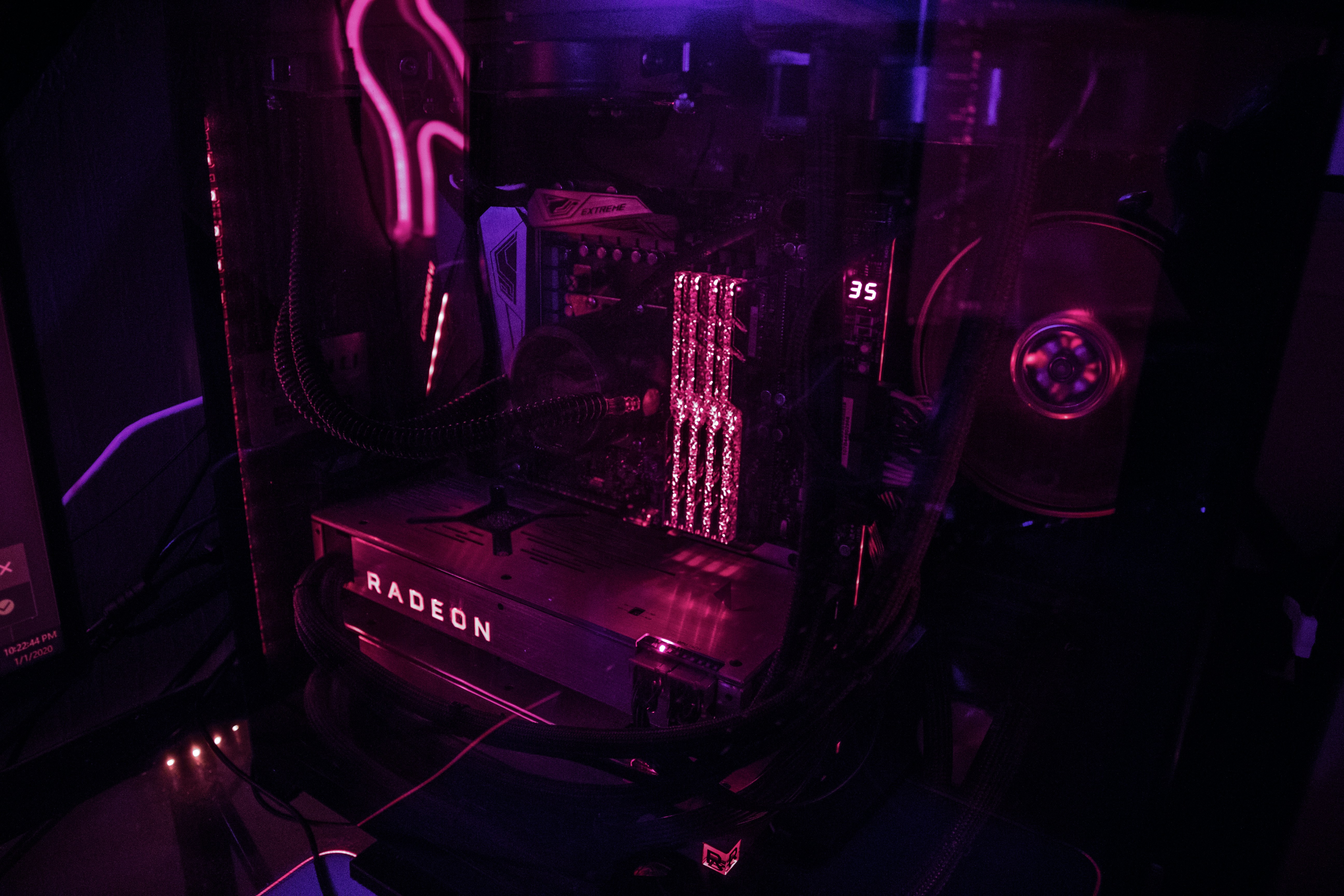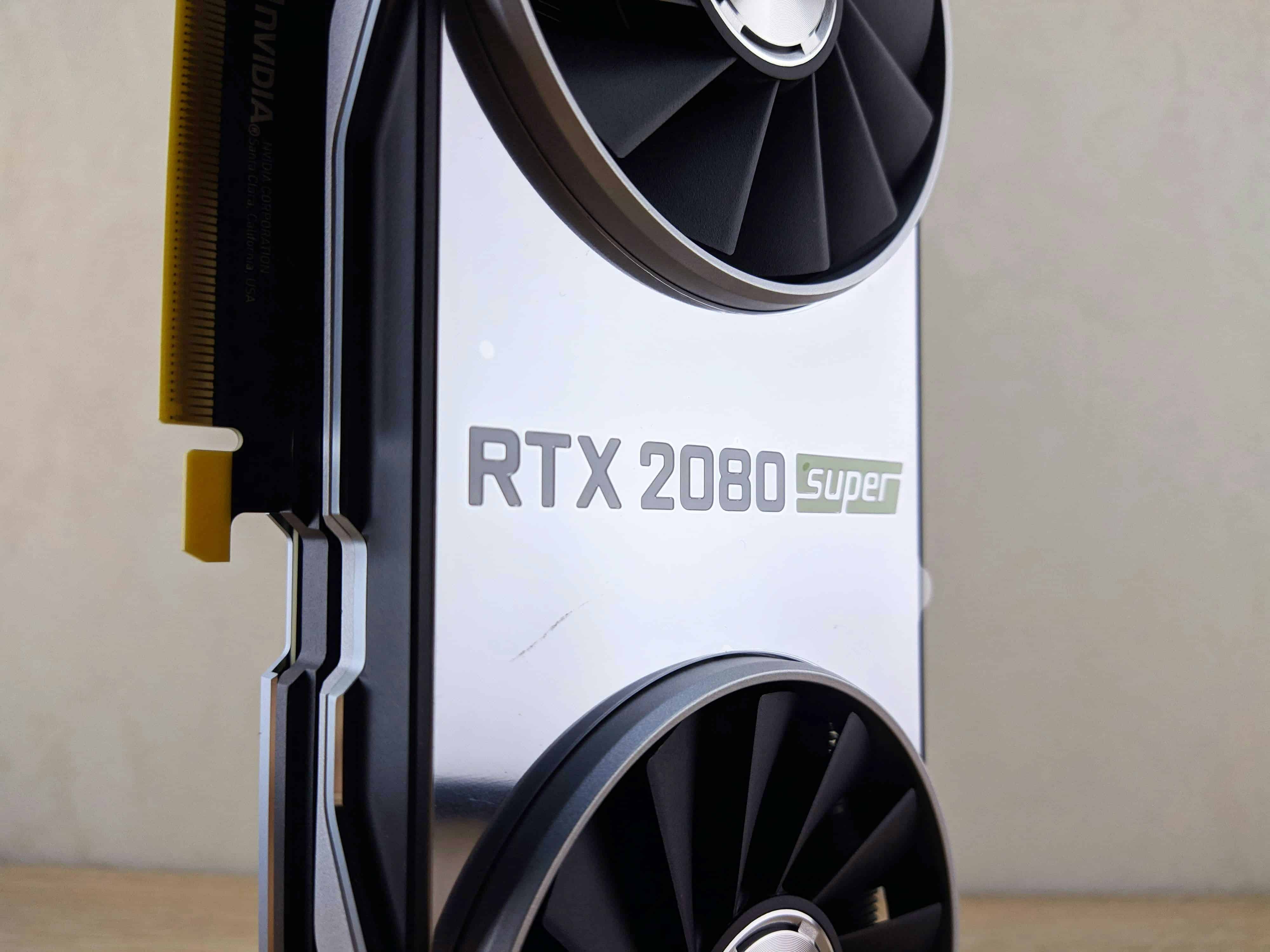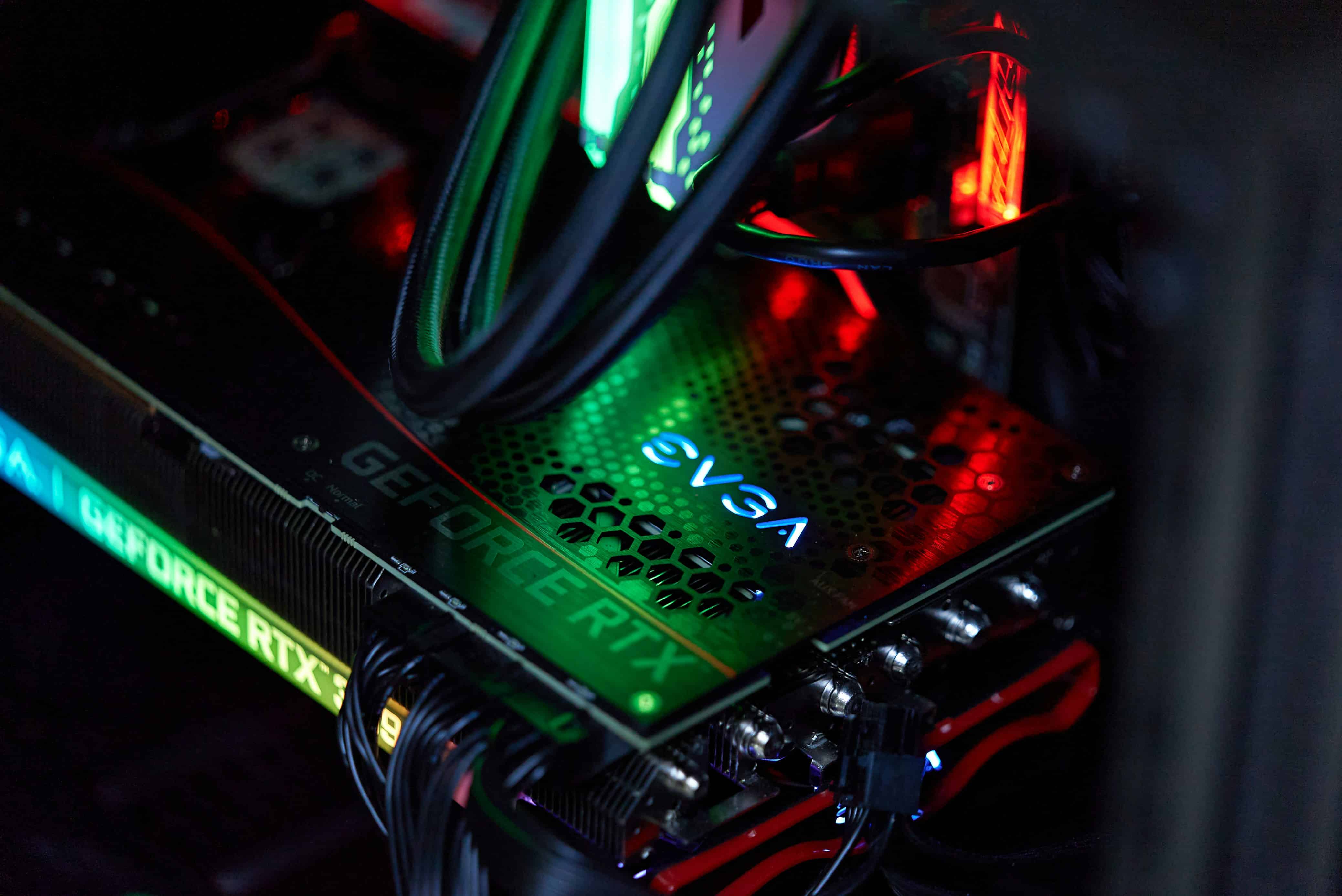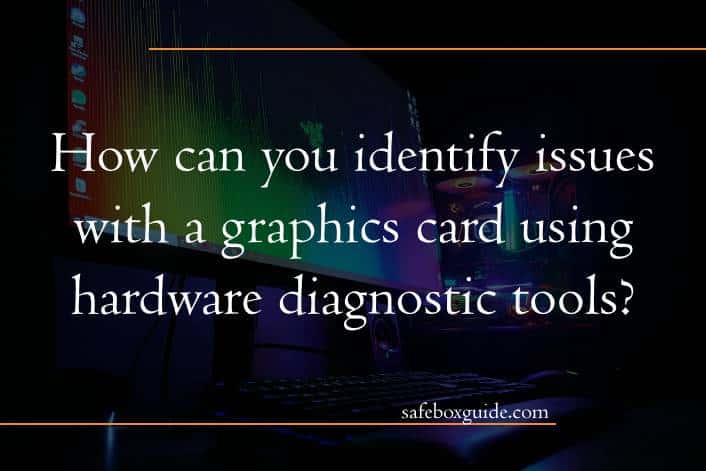In the ever-evolving realm of technology, where every pixel matters and performance is paramount, a graphics card serves as the heartbeat of your gaming rig or creative workstation. Yet, what happens when that heart begins to falter? From distorted visuals to unexpected crashes, a malfunctioning GPU can turn exhilarating gameplay into an exasperating experience. But fear not—modern hardware diagnostic tools are here to shed light on these shadowy issues lurking behind your screen.
Identifying problems with your graphics card may seem daunting at first glance; however, armed with the right diagnostic arsenal, you can pinpoint malfunctions like a seasoned detective solving a high-stakes case. In this article, we’ll explore various tools and techniques to help you uncover hidden issues within your GPU’s circuitry and software. Whether you’re an avid gamer or a professional designer, understanding how to troubleshoot your graphics card will empower you to maintain peak performance and prevent costly downtimes. Let’s dive into the world of diagnostics and ensure that your visual experience remains crystal clear!
Contents
Importance of Hardware Diagnostic Tools
Hardware diagnostic tools serve as the gatekeepers of system integrity, especially when it comes to identifying issues with critical components like graphics cards. With complex graphics architecture and demanding applications placing immense stress on these units, a failure can lead to not only frustrating performance dips but also potential data loss or corruption. Utilizing diagnostic tools allows both hobbyists and professionals to delve deeper into their hardware’s health, uncovering hidden flaws that traditional troubleshooting methods might miss. These tools provide a window into real-time performance metrics, temperature readings, and error codes that can pinpoint underlying problems before they escalate.
Moreover, in a world where visual fidelity is paramount—be it for gaming, design work, or video editing—the role of these diagnostics cannot be overstated. They empower users with actionable insights tailored to their specific setup and usage patterns; for instance, monitoring VRAM usage can inform decisions about upgrades or adjustments needed during resource-intensive tasks. Embracing such technology ensures that your graphics card not only functions optimally but also extends its lifespan by addressing minor issues before they manifest into major failures. Whether you’re a casual gamer or a professional designer, integrating hardware diagnostic tools into your maintenance routine is an investment in performance stability that pays dividends in the long run.

Common Symptoms of Graphics Card Problems
Identifying graphics card issues can often feel like navigating a maze, especially as symptoms can vary based on the severity of the problem. One of the most telling signs is visual artifacts during gameplay or while running graphical applications. Such anomalies may include strange colors, flickering textures, or random shapes appearing on your display—like a modern art piece gone wrong. These irregularities not only disrupt your experience but can indicate overheating or failing GPU components.
Another key symptom to watch for is unexpected crashes or freezes during high-performance tasks. If your system sporadically shuts down or shows a blue screen error while demanding more from your graphics hardware, it may signal insufficient power delivery due to an aging card or poor cooling solutions. Additionally, you might notice sudden performance drops or stuttering even in previously stable scenarios; this can hint at underlying driver issues that prevent optimal communication between the hardware and software layers. Ultimately, recognizing these symptoms early allows for timely intervention, potentially saving you from more extensive damage—or costly upgrades—down the line.
Overview of Popular Diagnostic Tools
When it comes to troubleshooting graphics card issues, the right diagnostic tools can transform a daunting task into a manageable one. Popular diagnostic software like GPU-Z and MSI Afterburner not only provide real-time performance metrics but also offer insights into GPU temperatures, clock speeds, and utilization rates. These tools empower users to pinpoint irregularities that may escalate into more significant problems. For those venturing further into diagnostics, stress testing utilities such as FurMark or Heaven Benchmark simulate heavy workloads on the GPU, revealing how it performs under pressure and uncovering potential overheating or instability issues.
Hardware testers like known brands from PassMark or AIDA64 take diagnostics a step further by providing in-depth system information alongside thorough benchmarking capabilities. They enable users to compare their hardware performance against industry standards, making it easier to identify any deviations that might indicate failing components. Additionally, integrating these programs with monitoring apps like HWMonitor allows for an enhanced overview of both CPU and GPU health during gaming sessions or intensive tasks. This holistic approach ensures even subtle signs of deterioration are caught early, ensuring system longevity and optimal performance on demanding graphical applications.

Step-by-Step Guide to Diagnostics
To embark on a successful diagnostics journey for your graphics card, begin by gathering essential hardware diagnostic tools. Software like GPU-Z provides real-time monitoring of your graphics card’s performance metrics, offering insights into temperature, clock speeds, and memory usage. These elements are crucial as they can pinpoint issues such as overheating or resource hogging that might lead to systemic failures. Alternatively, tools like MSI Afterburner allow fine-tuning; adjusting voltages and fan curves can often resolve minor glitches stemming from thermal throttling.
Next, utilizing stress testing applications is vital to mimic demanding environments where issues are more likely to surface. Programs like FurMark create an intense graphical load that helps expose artifacts or crashes resulting from instability within the GPU. Whether it’s screen tearing during intense gaming sessions or complete system freezes when rendering 3D models, these tests unveil weaknesses that may not be apparent during normal use. Always monitor while running these tests—note any changes in temperature and performance metrics closely—they tell you if the card is operating within safe parameters or if it requires further intervention.
Finally, cross-referencing results with community forums and official manufacturer troubleshooting guides enriches your understanding of potential faults specific to your graphics model. Each graphics card has unique idiosyncrasies; leveraging shared experiences can illuminate paths to solutions you might not have considered otherwise. Keep detailed notes throughout this process—the lineage of data points will serve both for immediate problems and future diagnostics challenges—empowering you with knowledge as the lifeblood of troubleshooting while fostering a deeper connection with your technological companion.
Analyzing Diagnostic Tool Results
Analyzing the results of diagnostic tools can reveal nuances about your graphics card that may not be immediately apparent. For instance, while a tool might indicate a flagrant failure during stress tests, closely examining the temperature and power consumption readings could provide insights into potential overheating issues or inadequate power supply rather than outright malfunction. This level of scrutiny allows users to identify whether problems stem from environmental factors and system configurations instead of hardware defects.
Moreover, leveraging benchmarking metrics alongside diagnostics can paint a fuller picture of GPU performance. Comparative analysis against industry standards enables users to gauge if their card is merely underperforming or if there’s an impending hardware failure on the horizon. Additionally, understanding error codes and logs generated by these tools can guide users towards specific component conflicts—such as driver issues or compatibility concerns with other system components—that may exacerbate perceived graphics card failures. In essence, interpreting diagnostic results is not merely about spotting red flags but also about contextualizing them within the wider framework of your system’s health.

Troubleshooting Based on Findings
Once you’ve utilized hardware diagnostic tools and gathered your findings, the next crucial step is troubleshooting based on those insights. For instance, if temperature readings indicate overheating, it suggests inadequate cooling rather than an outright failure of the graphics card. In such cases, exploring options like cleaning dust from fans or applying thermal paste can offer a simple yet effective remedy before considering more drastic measures like replacement.
Additionally, monitoring performance under varying loads can reveal underlying issues that static benchmarks might miss. If the card functions well during lighter tasks but struggles with demanding applications or games, it could point to power supply inadequacies or even memory bandwidth limitations rather than a defective graphics card itself. By adopting a methodical approach—adjusting settings and running stress tests—you not only pinpoint the problem but also enhance overall system performance while potentially extending the life of your existing hardware. Engaging actively in this troubleshooting process transforms a daunting challenge into an opportunity for deeper understanding of your system’s capabilities and limitations.
Conclusion: Ensuring Optimal Graphics Performance
In conclusion, ensuring optimal graphics performance goes beyond merely troubleshooting detected issues; it involves a proactive approach to monitoring and maintaining your system. Regularly utilizing hardware diagnostic tools not only helps in identifying current problems but also aids in anticipating future ones, creating a more resilient gaming or design environment. By keeping an eye on vital metrics such as temperature, usage rates, and frame drop patterns, users can forge deeper connections between system performance and real-world application demands.
Moreover, understanding the nuances of driver updates and compatibility can transform how you handle your graphics card’s lifecycle. It’s essential to balance aesthetic settings with functional requirements—high fidelity may be appealing but can sometimes compromise stability if not managed correctly. Taking these steps not only mitigates the frustrations that come from lagging graphics but ultimately empowers users to extract maximum performance from their investment, enhancing overall experiences whether in gaming or professional graphic design.

